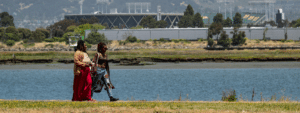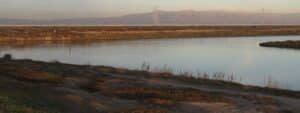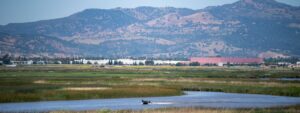
BCDC’s Regional Shoreline Adaptation Plan is Unanimously Approved
We’re thrilled to share that the Bay Conservation and Development Commission (BCDC) unanimously voted to adopt the Regional Shoreline Adaptation Plan (RSAP) Bay Plan Amendment on December 5, 2024! As sea levels continue to rise in the near and long-term, the need for a coordinated approach for sea level rise adaptation initiatives along the Bay


